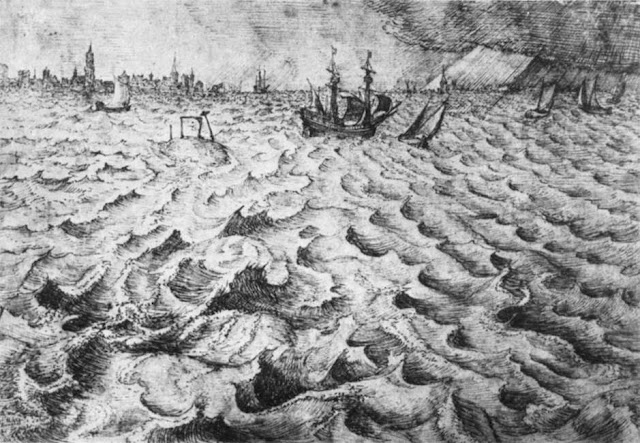Dear visitor, the following article may become more appealing shall you press beforehand the play button:
In just a few decades, from the late 19th to the early 20th century, the evolution of western art was unprecedented. As it comes also to painting, many artistic styles blossomed and disintegrated in this very short period, only to be followed by the stagnation of abstract art. These few artistic styles represented the rise of western empires and their consecutive decadence as a result of their extraordinary wealth. Among these short-lived artistic sparks there appears
Symbolism.
As an answer to the prevailing fashion of Naturalism, which cherished the depiction of routine activities in the lives of common people, Symbolism proceeded to portray spiritual and majestic themes. In a Symbolistic painting, there is a subtle concept to be implied by the picture. The focus is not on the material object that is depicted but the high ideals that the object/figure symbolises. In other words, many things,faces and events express an implicit beauty that is not of this world and should not be drawn as such.
One of the most famous works of Symbolism: Jean Delville's Parsifal
Symbolism appeared mostly in the second half of 19th century and it was embraced by the artistic communities of the Netherlands and Belgium. Looking from a local perspective, an important and slightly underrated Dutch artist of this movement was
Jan Toorop. Having Indonesian origins as well, Toorop left his own fingerprint in Symbolism before the style went "out of fashion". He started as an impressionist, then moved on to Symbolistic art. In his final years he presented more religious aspects since he was eventually converted to Catholicism. As a small commemoration of his work, hereby lay some of his illustrations.
Dame en Blanche 1886 (Impressionistic)
Dolce (Meisje met zwanen) 1896
Venise Sauvee 1895
O grave, where is thy Victory 1892
Psyche 1898
Godsvertrouwen 1907
**********
The images of Jan Toorop's works were taken from
The Jan Toorop Research Center website. There you may find the most extended digital collection of his known works.












































